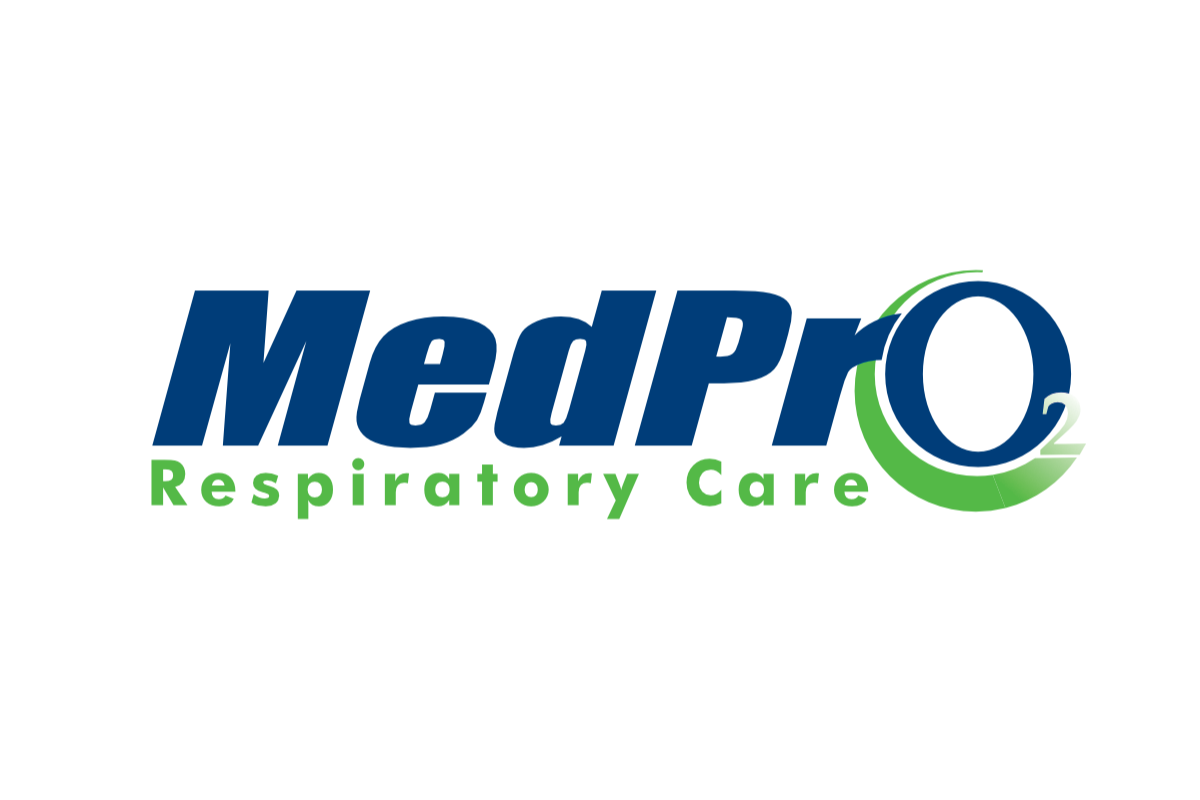
CPAP Blog
Learn more about the world of Sleep Disordered Breathing advice and treatments with our range of insightful and educational blogs, as we share our expertise & knowledge with you directly from our experts boasting years of experience in treating and curing Sleep Disordered Breathing with CPAP therapy.
Filter By Category

